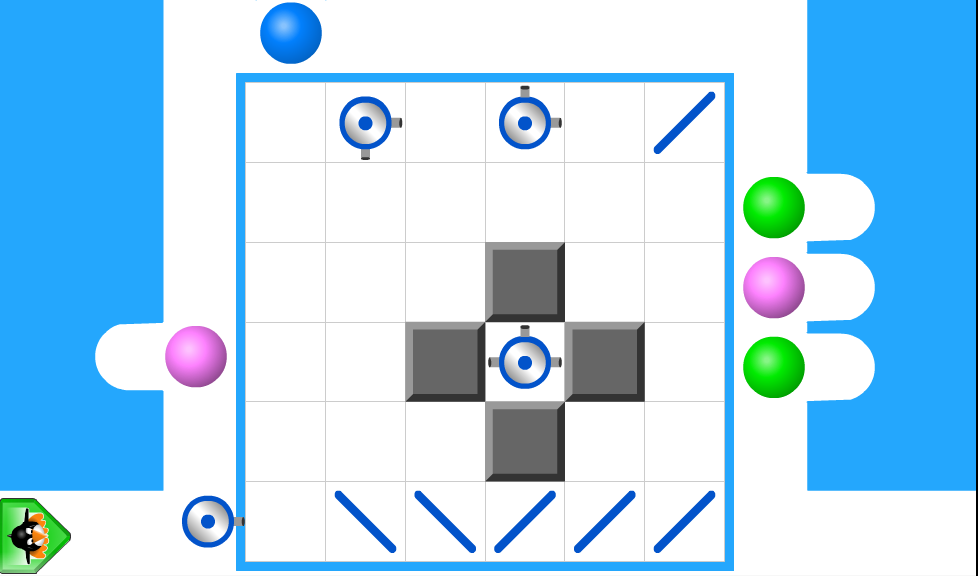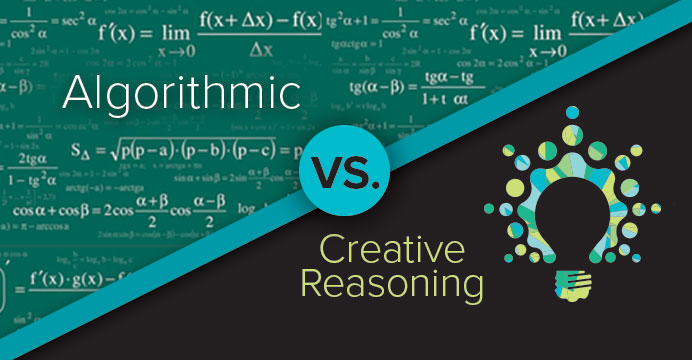ST Math Customers Share Success Stories and Insights
Recently, I had the incredible opportunity to speak with a panel of passionate ST Math customers who shared their insights and experiences with the visual instructional program and the impact it had on students and educators. The session was a celebration of the power of ST Math and its impact on student learning. Our panelists took center stage to share their unique perspectives and why ST Math has the transformative effects it has on their students.
- Laura Adams, Elementary Math Coordinator from Cypress Fairbanks ISD
- Becky Berg, K-5 Instructional Math Coach from Billings Public Schools
- Susan Cheng, Expanded Academic Learning & Summer Connections Program Manager from Denver Public Schools
- Alejandra Nevarez, Manager of Expanded Academic Learning from Denver Public Schools
The goal of this session was to shift our focus outward, and see the impact ST Math is having on students. We also wanted to gain customer insights into ways we could go even deeper in empowering all students. At MIND, we’re inspired to dedicate ourselves to moving forward. We’ve come a long way, but we still have more work to do. We need to reach more students and deepen our impact on the ones we already reach.
We explored questions like, “how do we make ST Math better?” “How do we make partnerships better?” “How do we work with the schools and districts to make sure ST Math amplifies learning for all students?”
I walked away from this panel with a renewed sense of excitement and inspiration, thanks to the educators who were so dedicated to their work, and ensuring their students reach their full potential.
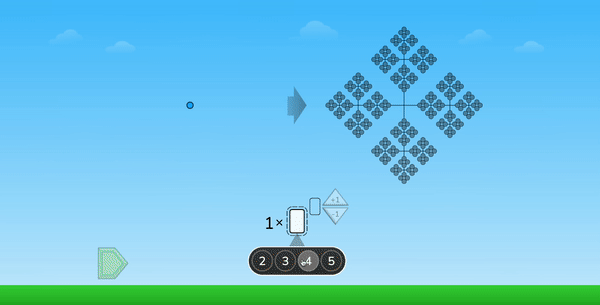
This panel interview has been edited for length and clarity
Brandon Smith: As a supplemental math program, why pick ST Math? There are a lot of supplemental math programs out there. What made you decide to use ST Math?
Susan Cheng: As part of the Expanded Academic Learning team, we vet many different companies and programs. But ST Math most impressed us because MIND really delved into the neuroscience of math and how it connects to student learning. We were also very impressed with MIND’s DEI work and strong community presence.
Becky Berg: When we think about supplemental math programs, it feels like everyone is looking for that magic bullet that’s going to fix the gaps. Often, they’re focused on the ‘Drill and Kill’ approach to teaching. With ST Math, students can see and engage with the games. If [students] receive an incorrect response, they can analyze why it didn’t work, and then revise their thinking—instead of being told with words.
Laura Adams: It says a lot about MIND’s credibility when an entire state education agency purchases ST Math for everybody to use. They go through a very rigorous vetting process to see if this is something they want to provide to all school districts. And piggybacking off of what Becky said, ST Math aligns to what students and teachers see in the curriculum, but also what we see on our state assessment as well. Additionally, the research that MIND has provided—growth of students who played ST Math vs. students who didn’t—is one of my favorite data pieces. Whenever I’m trying to convince a campus to use more ST Math, I always pull out that chart.
Susan Cheng: As an ESL-trained educator I asked, “why wouldn’t we ask our students who are learning English as a second language to learn the academic language around math? The way Nigel was able to kind of explain the science, and the way that it’s important for our students to be able to understand the concepts and connect that to the language really sold me. And when we did get to play, when the demo was provided, we got to use the platform. It really was encouraging to see JiJi hopping up and down and working us through the concepts.
Brandon Smith: ST Math is very different from most one-on-one tools. We’re hearing these examples of being able to teach a concept by using models that are connected with what’s happening in the classroom. In your experience, how has it been with teachers and the rollouts of ST Math?
Laura Adams: Initially, we didn’t roll it out. We did think about it, but because of Covid we were very limited. This year, we created a very purposeful rollout. We wanted to connect with instructional coaches first to make sure everybody was in line with what we were doing, and how we were actually going to start writing it into the curriculum. We then calendared out what our training sessions were going to be for our campus staff. Whether that was teachers, instructional specialists, etc. We even scheduled a launch day. Having 58 campuses get super excited about ST Math and JiJi was really great to see.
Becky Berg: I would have to say the training piece is huge, and along with that [MIND Education] does such a good job of selling the Why. There’s a lot of what’s out there, but really justifying why these puzzles work, how they do, and the intent of persevering. Then I think one of the best things, which worked well for us, since we don’t have a ton of support with regard to instructional coaches, we were also able to roll out five schools at a time. The first five schools loved it. And the other schools now wanted it. Then, making sure everything from students, teachers and building administrators know how to monitor their own progress, and that building leaders are on board for looking at the data each week, seeing how they can support their teachers and provide that consistency and support.
Alejandra Nevarez: I’d like to share more about the training component you just mentioned, Becky. Something that I really appreciate is that they’re very flexible with the scheduling. And also, consistency was so important. We’ve had the same trainer from the beginning of the program until now, which is nice. Now my tutors have a familiar face of who’s going to train them for this quarter. I also asked my tutors what are some things that they like or don’t like, and I remember they shared, “well, what if I don’t know how to work this problem out right away?” The trainer stepped in and replied, “There are these ‘how-to’ videos you can watch, and from there you can show the students how to solve each problem.” They can watch the video for about 2 minutes, which can be implemented during their tutoring time. So it’s really nice to be able to have that right at your fingertips.
Laura Adams: Yeah, the Game in a Minute videos are golden. We need them for every single one of the puzzles.
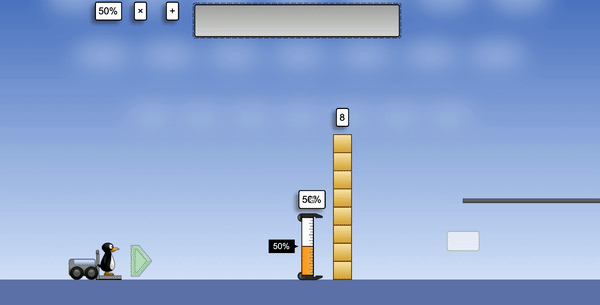
Becky Berg: Just to add on to that, the level of tech support from ST Math has been amazing. If there are issues, or we need help with something, it’s been really refreshing to have that support. Then to notice through the past 8 years, when things were suggested, it led to constant improvement throughout the years based on feedback, which has been great.
Brandon Smith: It’s great to hear the positive success stories. And there’s always room to improve. We can reach more students. We can reach them more deeply, and we want to stay dedicated to that.
Laura Adams: So I just wanted to add that MIND has thousands of resources, principles, motivational tools, and data trackers. We also wanted to kind of simplify that for the teachers. So my team and I, we purposefully picked the ones that we were going to use for this year. For example, which data tracker are we gonna use? And we did a different one for primary versus our upper elementary. Another one was the passport. I printed a passport and the postcards for every single student in our district and mailed them to the campuses. They were really excited about that.
And then there’s the assessment support tool. We use the NWEA Map Growth here, and we purchased the ST Math assessment support tool. It’s all tied to NWEA Map scores. Teachers really appreciate the assessment support tool that automatically integrates and gives that student a customized pathway depending on their deficits.
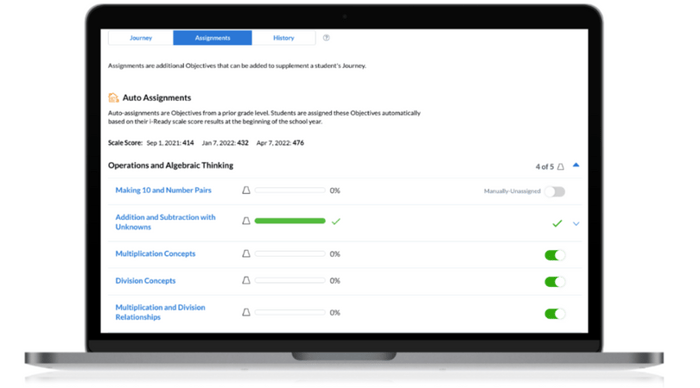
Brandon Smith: One of the things we’re becoming most interested in is not just the one to one experience—those are really important moments—but also the whole group, small group instructional components using ST Math to host a lesson. I’m really curious to hear how you all have that integration happening: what you’re encouraging with your teachers, and how do you pull that off? That whole group social experience is so powerful, so I’m really curious how you integrate ST Math with it versus when you want to pull off a learning goal through some other means.
Becky Berg: We align the journey to our curriculum and our pacing proficiency scale. Also, doing what we call ST Math Puzzle Connects, which means connecting ST Math Puzzles with what we’re currently using, which is Eureka Math Squared—our key resource. I really try to keep it simple. It looks a lot like Puzzle Talks.
One of the things ST Math has always encouraged is, teachers need to be monitoring, paying attention, facilitating, asking questions while students are working. So what I suggest is assigning a problem prior to students getting into their core. It could be a few weeks before, maybe a few days before.
We can then pull up a puzzle that relates to the math problem, students click on JiJi, and it’s easy to see “here’s the objective, here’s the game, here’s the level.” Now teachers know “that was the perfect puzzle. I saw where they were struggling and what they weren’t seeing today. I’m going to bring that puzzle to the table.” They come to the carpet and engage in student discourse. We go through it much like how it’s done with ST Math Puzzle Talks. But the connect piece is really critical: “Hey, how is this puzzle the same as the fraction model we used yesterday in our lesson?”
Then you sell it to the students: “Hey, you just conquered all these puzzles or several of these levels.” Leverage that. Let them see how it’s similar to the other math they’re doing.
Brandon Smith: And Laura you’re writing Puzzle Talks. You’re creating a full curriculum for Cypress Fairbanks. How is that going in terms of using ST Math? And why use ST Math during a Puzzle Talk, and when do you want to pull off a different instructional goal or strategy in your curriculum?
Laura Adams: This year, we have a piece called Content Conversation. We didn’t actually integrate the puzzle talks until after launch day, because we wanted to make sure it was going to fit within our scope of how we were going to roll it out. And because it was new to our teachers, and not all of them were trained on puzzle talks, we wanted to make sure we started with the puzzle talks that MIND had already scripted and created to take that load off teachers. It was also new for my district coaches as well. As teachers were getting more conformable, and as my coaches were getting more comfortable with it, we were able to start writing those ourselves.
When a Puzzle Talk happens in the curriculum—with our curriculum, we write it every single day, for every single lesson, for every single grade-level, for every single teacher—the Puzzle Talk falls into our Content Conversation, and we link it to the puzzle. We also give them a pathway in case that link gets broken. We also link the Game in a Minute videos in case teachers need to preview this before the Puzzle Talk. We also put some guiding questions there, and we also link the Problem-Solving process—since the guided questions truly come from the Problem-Solving process.
We have a lot of campuses that also utilize Blended Learning, so that becomes one of their digital components. Just like what Becky said, it’s always connected to what the lesson is going to be. Sometimes we’re looking back at something we did, maybe the day before, and see if it’s something we need more practice or discourse with. It’s always connected. It’s really about that hook—how are you going to get those kids engaged with it?
Brandon Smith: Panelists, I appreciate you taking the time, sharing your insights, and hanging out with us a bit. Thank you.

Through our panelist’s stories, one other thing became evident: ST Math is more than just a supplemental math program, it is a catalyst for change in the classroom. It empowers both students and teachers, creating inclusive and engaging learning environments.
This conversation with our partners is critical in our efforts to strive for excellence—not only in how math can be taught, but more importantly, how students can learn math by building productive struggle and developing better conceptual understanding.

